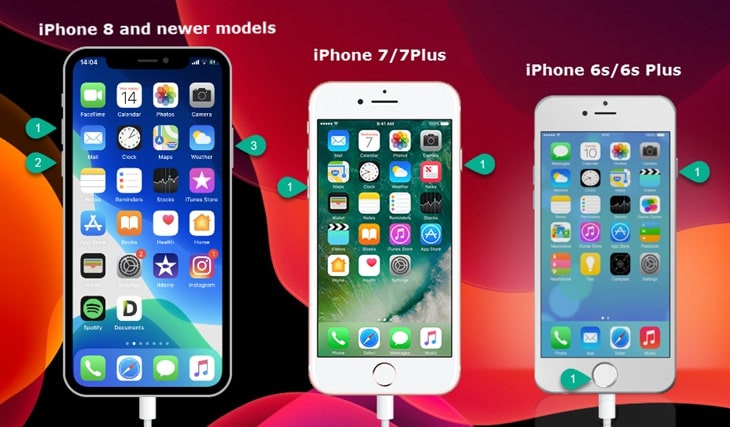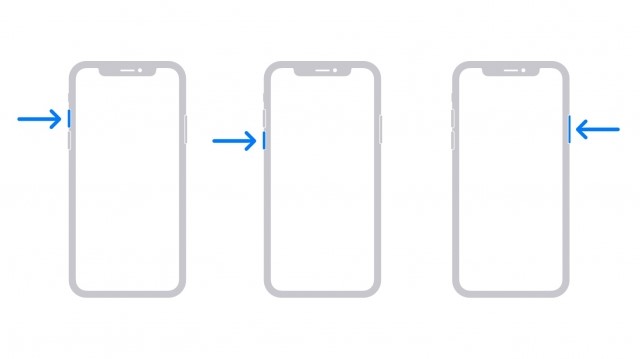
What you can’t do is turn off this safety measure. You might find your iPhone has attempted to unlock itself from inside your pocket – in that case you would be wise to opt for the screen to turn off automatically after 30 seconds to minimise the likelihood that the screen will spring to life again. The way to avoid seeing these messages in future is to either be more careful about inputting your passcode, choose a complex passcode with more characters (because this is less likely to be entered accidentally), or stop using a passcode at all (for security reasons we very much advise against this last option). 10 incorrect guesses: iPhone is disabled.9 incorrect guesses: iPhone is disabled.8 incorrect guesses: iPhone is disabled.7 incorrect guesses: iPhone is disabled.6 incorrect guesses: iPhone is disabled.Here’s how the error messages (and time delays) tie into the number of wrong guesses: Once you get to 10, that’s it – no more guesses for you. Get it wrong a few times (up to five) and you can carry on as normal make six or seven incorrect attempts and it’ll just slow you down a bit, but the more times you get it wrong, the harder things get. To stop this approach, iOS deliberately makes it harder for someone to input lots of incorrect passcodes.
#Iphone 12 recovery mode cracked#
If you use a four-digit code, remember, there are ‘only’ 10,000 combinations, whichįortune’s tool estimates could be cracked by a human in 4 hours and 6 minutes, and by a computer in 6 minutes and 34 seconds.


If a phone thief could just keep guessing passcodes – and particularly if they could hook it up to a piece of software that rattles through guesses far quicker than a human – then eventually they would break in. The iPhone has powerful built-in security measures, and one of these is designed to prevent brute-force attempts to bypass the passcode.


 0 kommentar(er)
0 kommentar(er)
